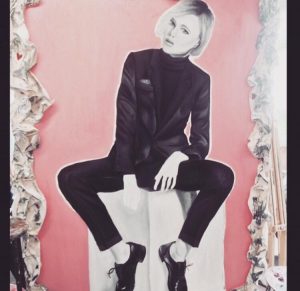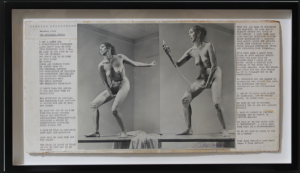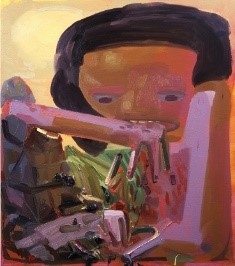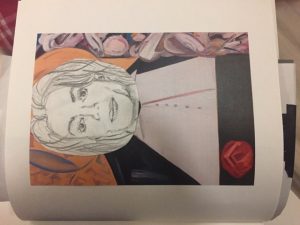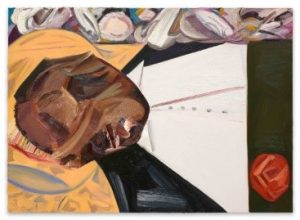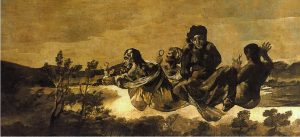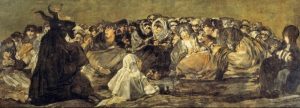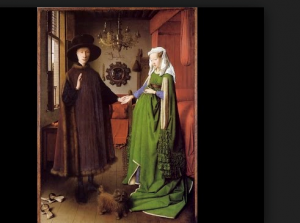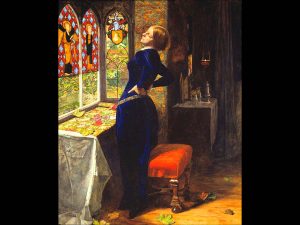Task 6: Inventing a New Mode of Practice
Rembrandt’s painting in romantic solitude is largely what people thought what ‘fine art’ was when discussed. This was until modern and contemporary art hit the scene. When deliberating this with friends, we agreed that even our parents in their forties and fifties hold this traditional viewpoint regarding fine art being painting, life drawing, and for those feeling bold, sculpture. However, seeing an example like Francis Bacon’s studio in 1974, it made me think how common nowadays it is for contemporary artists to be working in this arguably chaotic, unordered way.
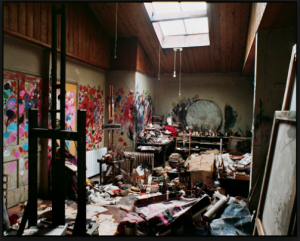
I looked inwards to the way in which I work. I feel thinking up a whole ‘new mode of practice’ doesn’t have to be done. No two people work in the exact same way; thus, I have already invented a new method over time. Firstly, I find a topic that enthuses me, normally a conceptual stand captured in a painting. Next, I read about the artist and why they may have been provoked to create work on their particular subject of interest. From this reading, I single out something; this may be a stylistic feature, or a conceptual argument that’s particularly touched me. As an example from this academic year, I read Michael Craig-Martin’s book ‘On Being An Artist’ and selected the quotation ‘our job was to create whatever it was that would come next’. I linked this to his acrylic paintings ‘Knower’ and ‘Learner’. I took photographs of what was in front of me, the first take being the chosen shot, because a shot from that present moment is the most contemporary what’s ‘up next’ angle I could find. Mimicking the ‘Knower/Learner’ contrast I took two shots; the first a vase of dead flowers, a bottle of wine to the right. The second is a vase of live flowers accompanied with a bottle of Evian. Simply from my ‘mode of practice’, I’ve been able to produce a body of work successfully.
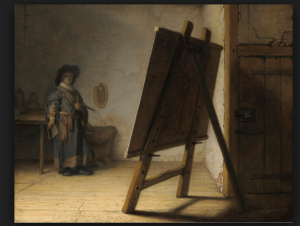
https://www.google.co.uk/search?biw=1269&bih=640&tbm=isch&sa=1&ei=BX8cWpK2Hcb1aI_BqNAI&q=fransic+bacon+stdio&oq=fransic+bacon+stdio&gs_l=psy-ab.3..0i13k1l5j0i13i30k1j0i8i13i30k1.61607.71495.0.71643.23.20.2.1.2.0.119.1205.16j2.18.0….0…1c.1.64.psy-ab..2.19.1170…0j0i67k1j0i10k1j0i13i5i30k1.0.d_uca-ASfmw#imgrc=13YQXVbH5_V3GM:
https://www.google.co.uk/search?biw=1269&bih=640&tbm=isch&sa=1&ei=9n4cWrr9MIrNaM6gptgI&q=rembrandt+artist+in+his+studio&oq=rembrandt+artist+in+his+studio%5C&gs_l=psy-ab.1.0.0i30k1.7787.11168.0.12827.8.8.0.0.0.0.407.751.2j2j4-1.5.0….0…1c.1.64.psy-ab..3.5.750…0j0i67k1.0.p5H91bJ2CQE#imgrc=idqgQmEFt0r-1M:


